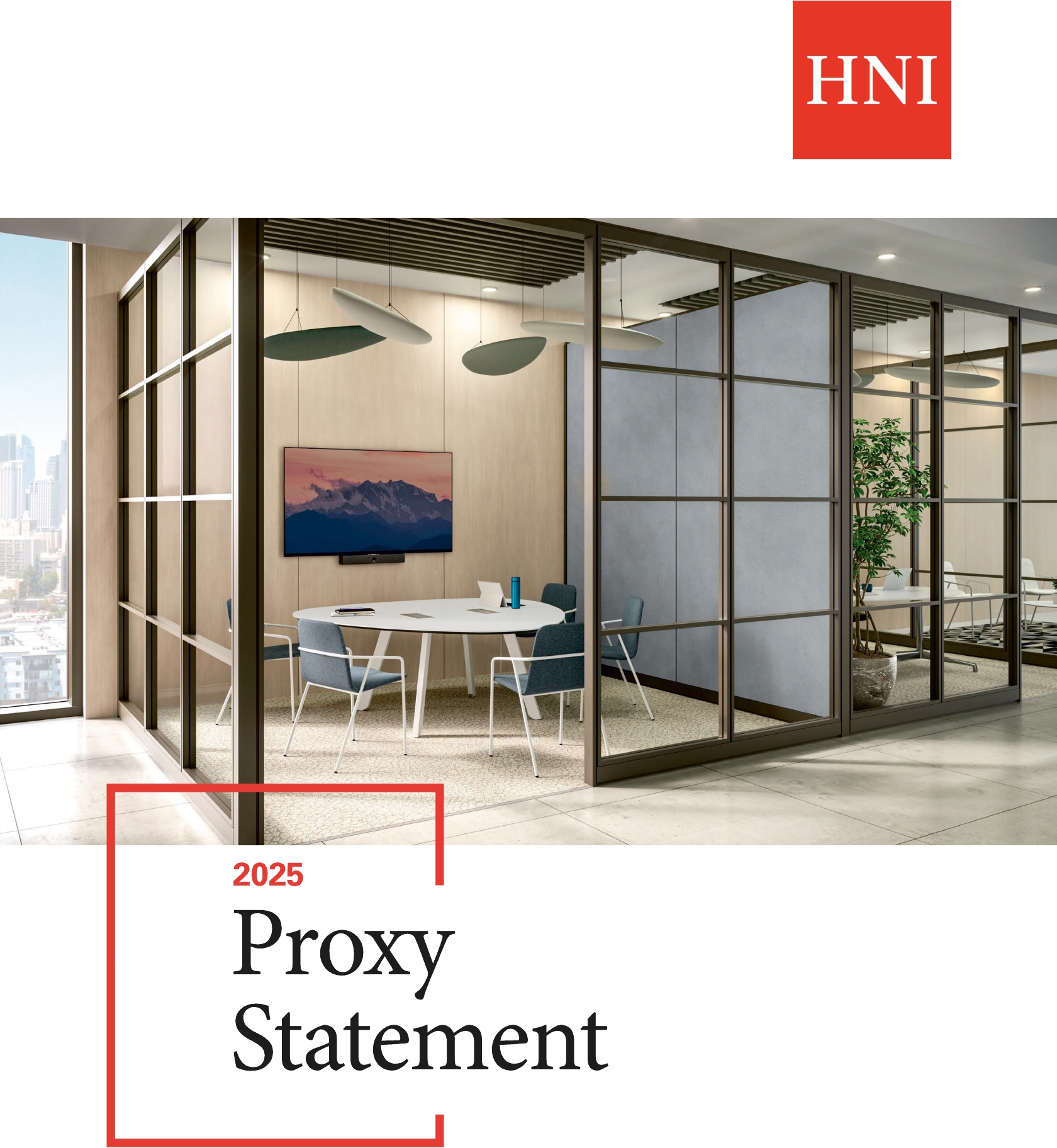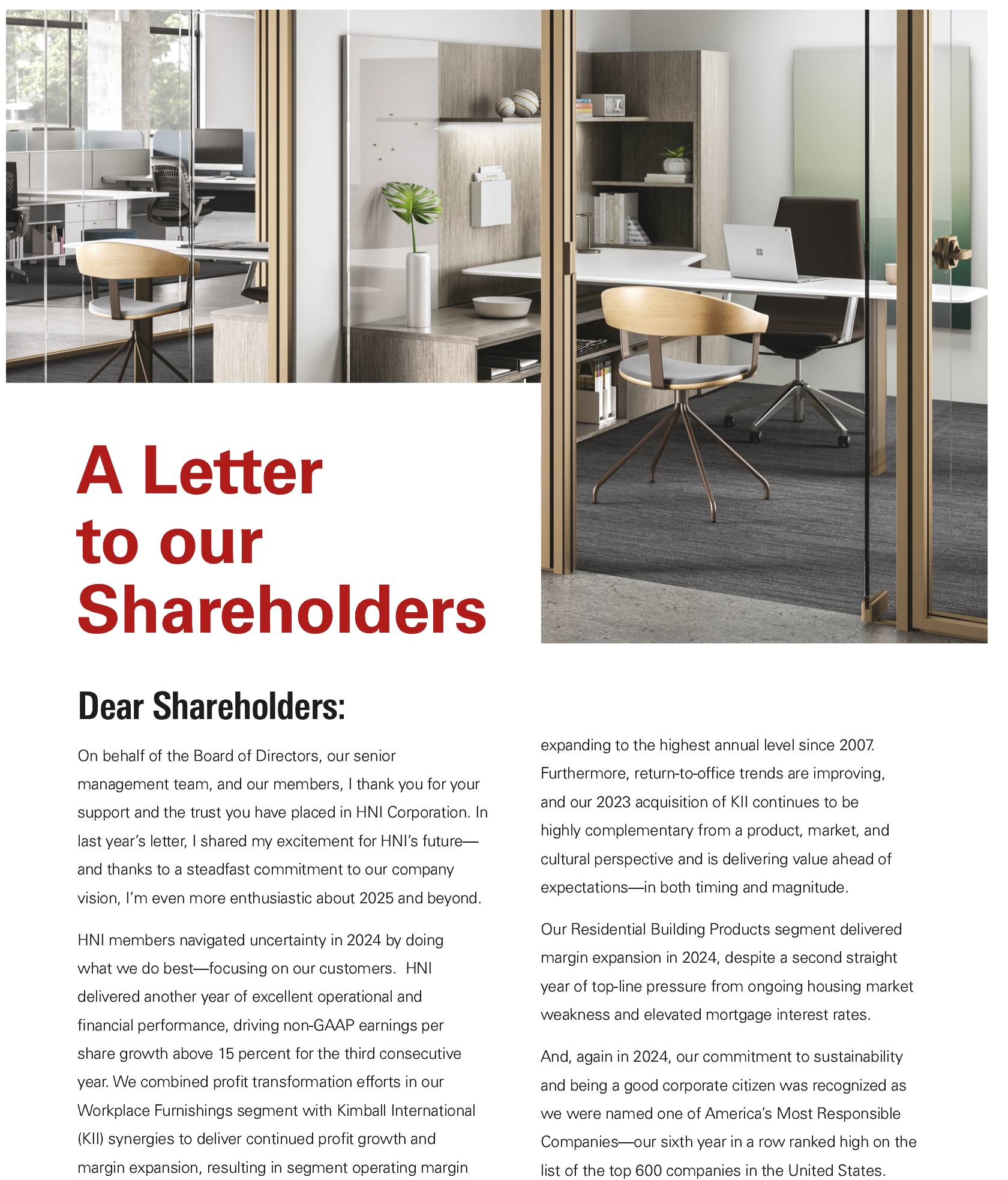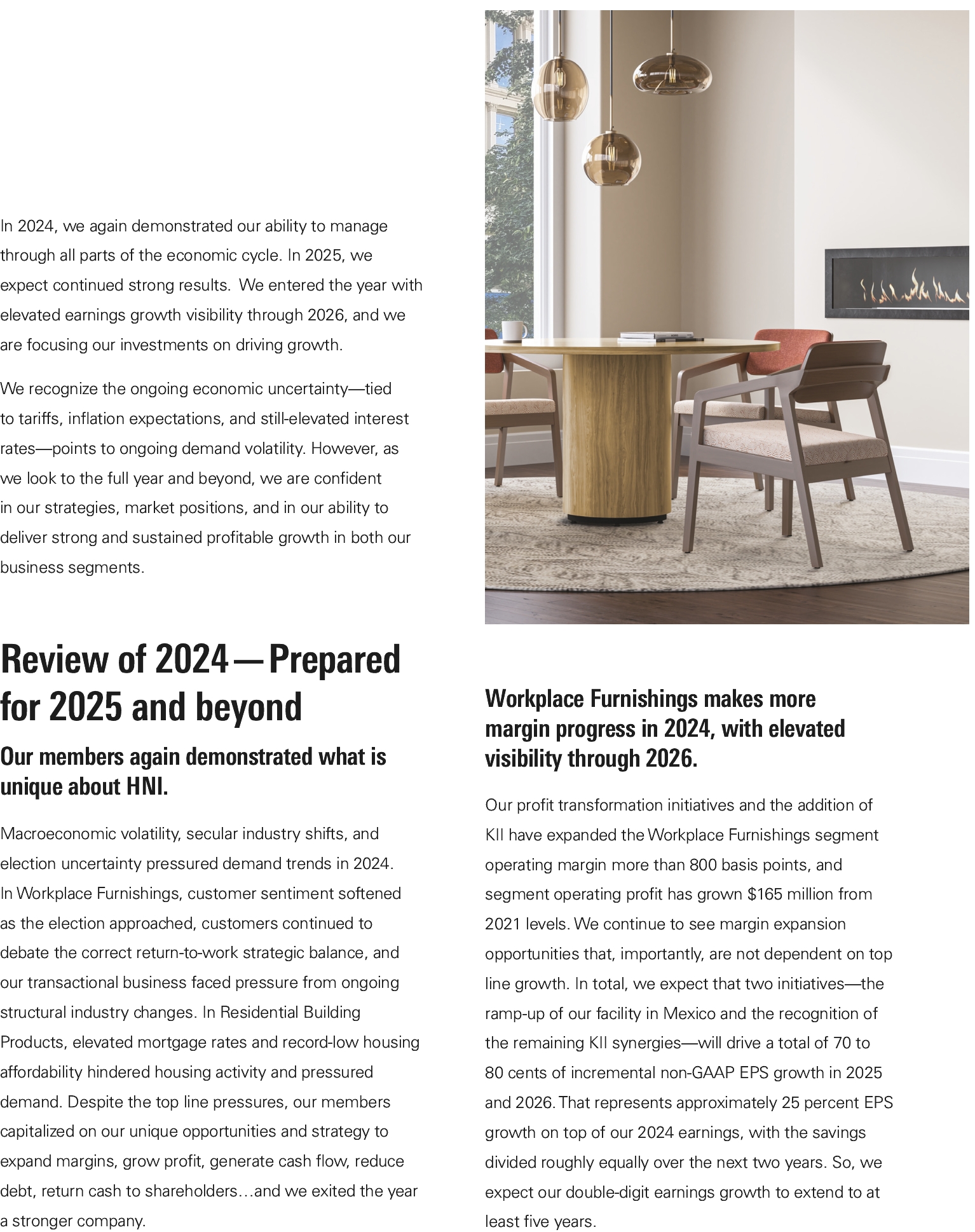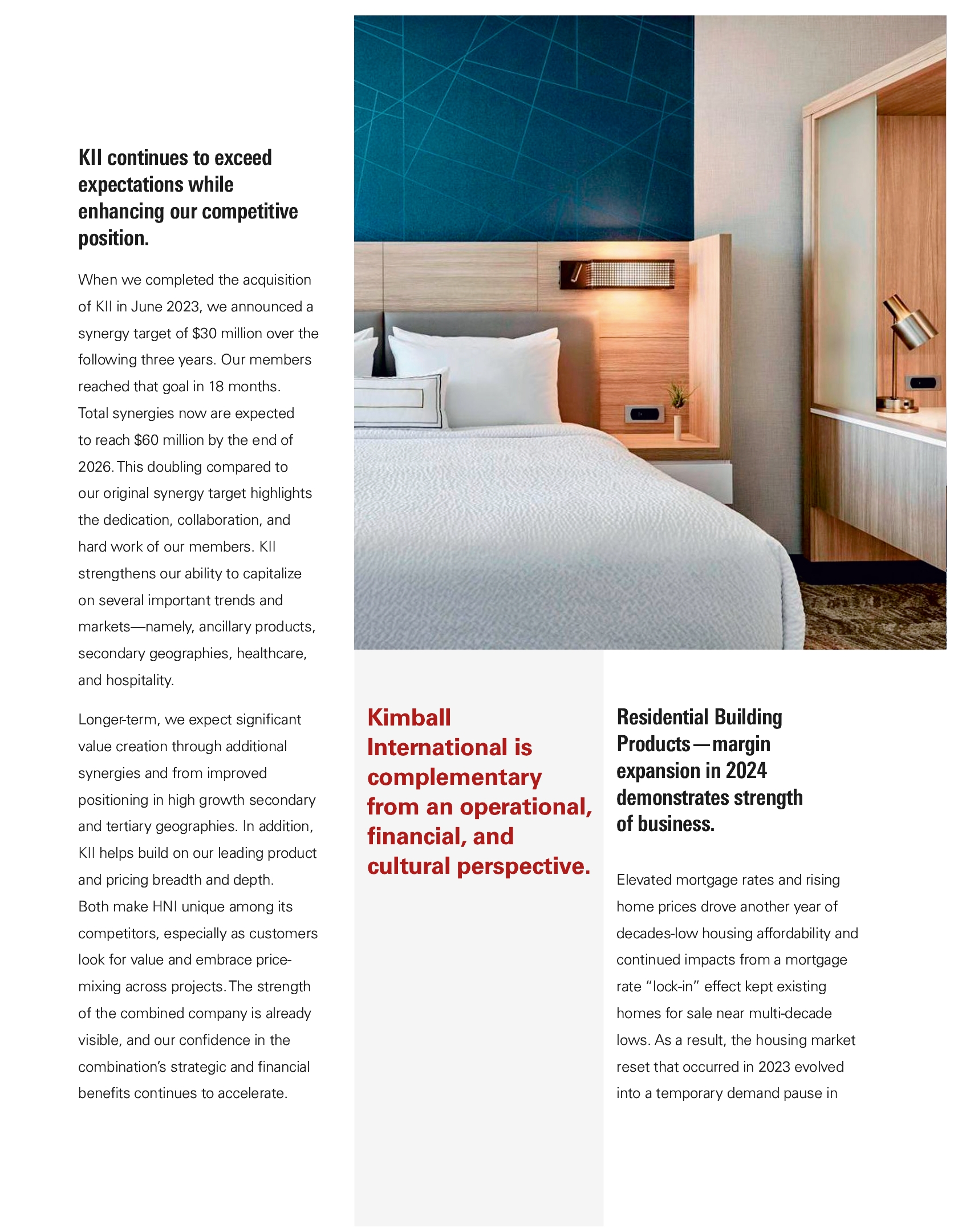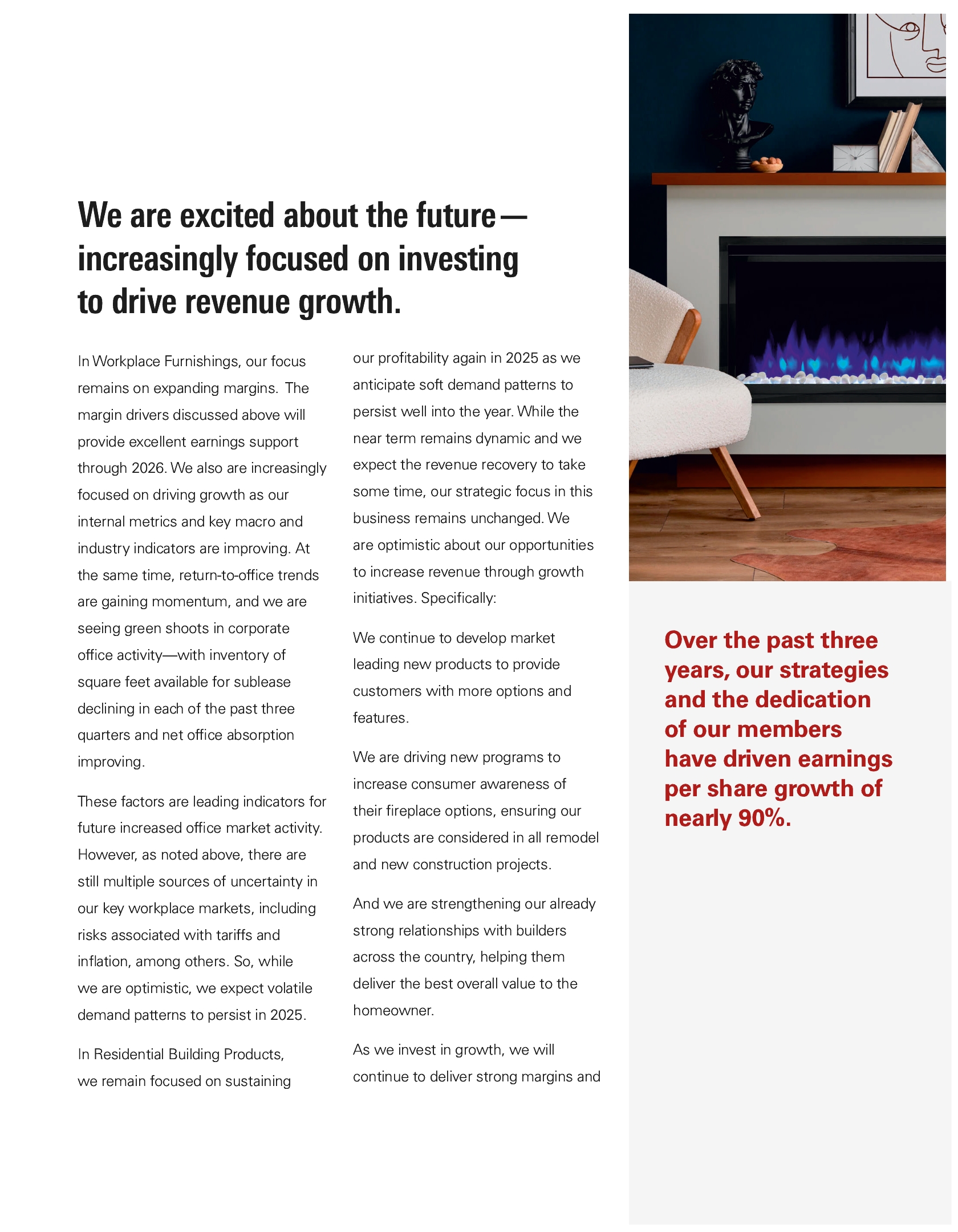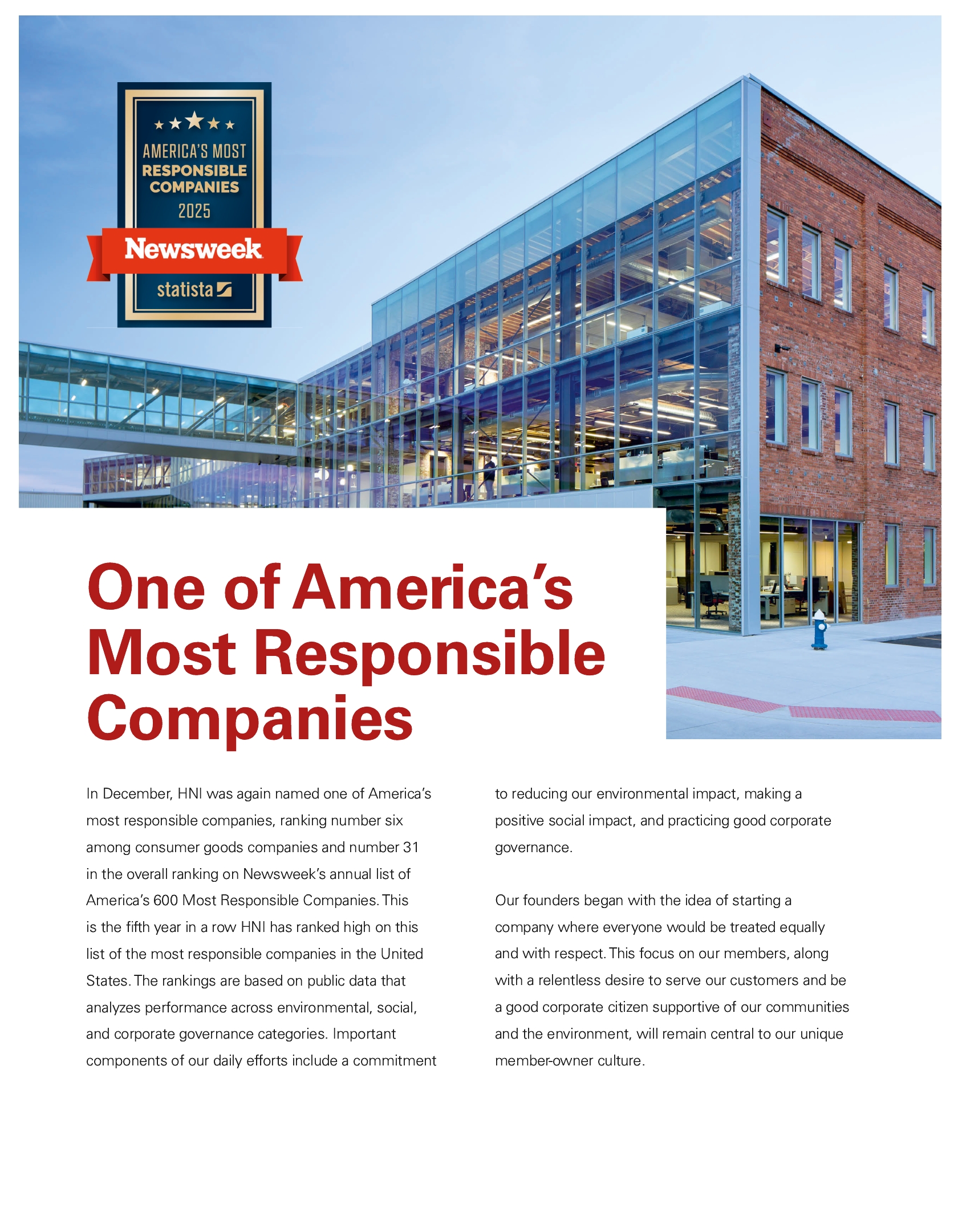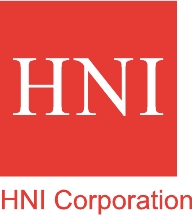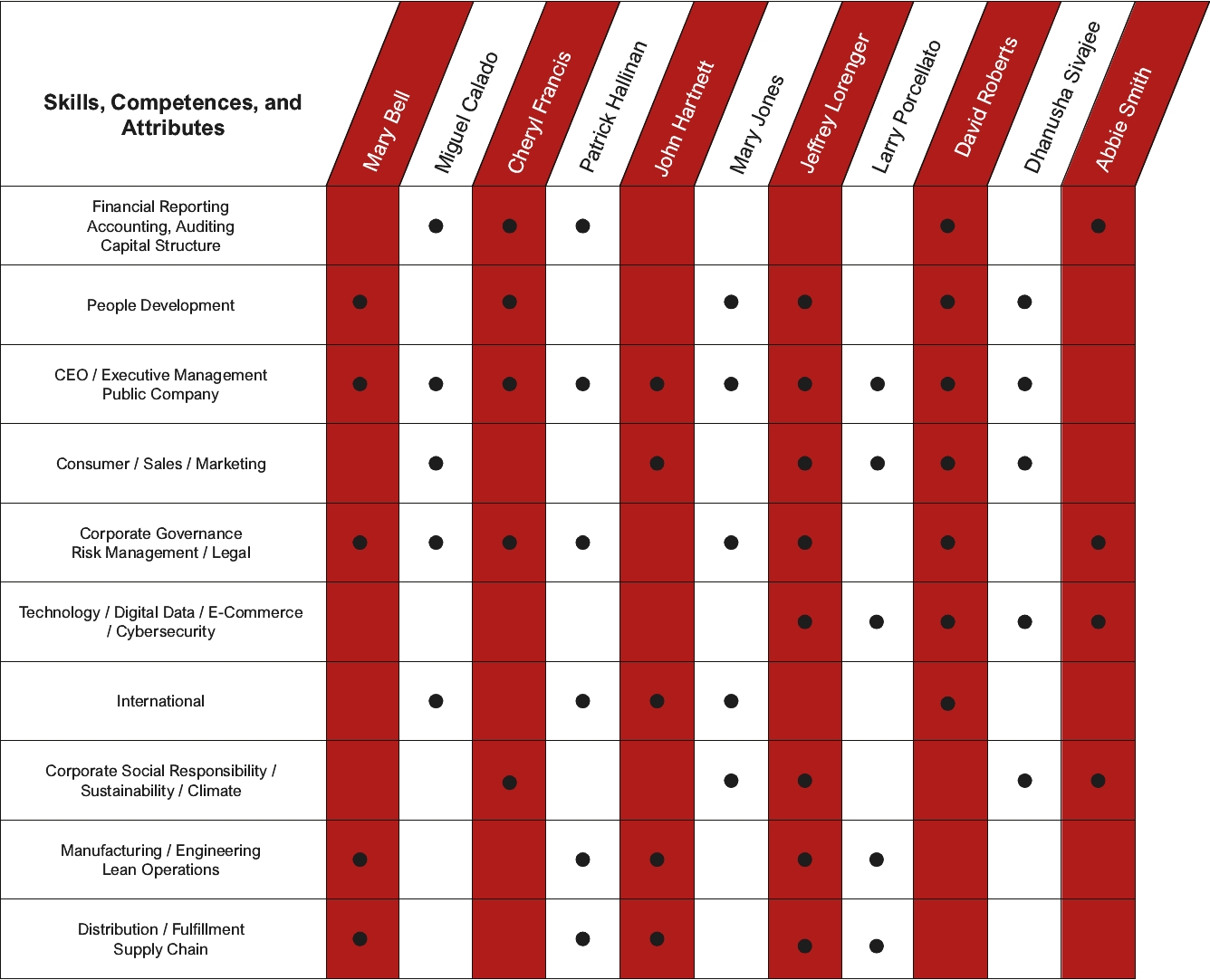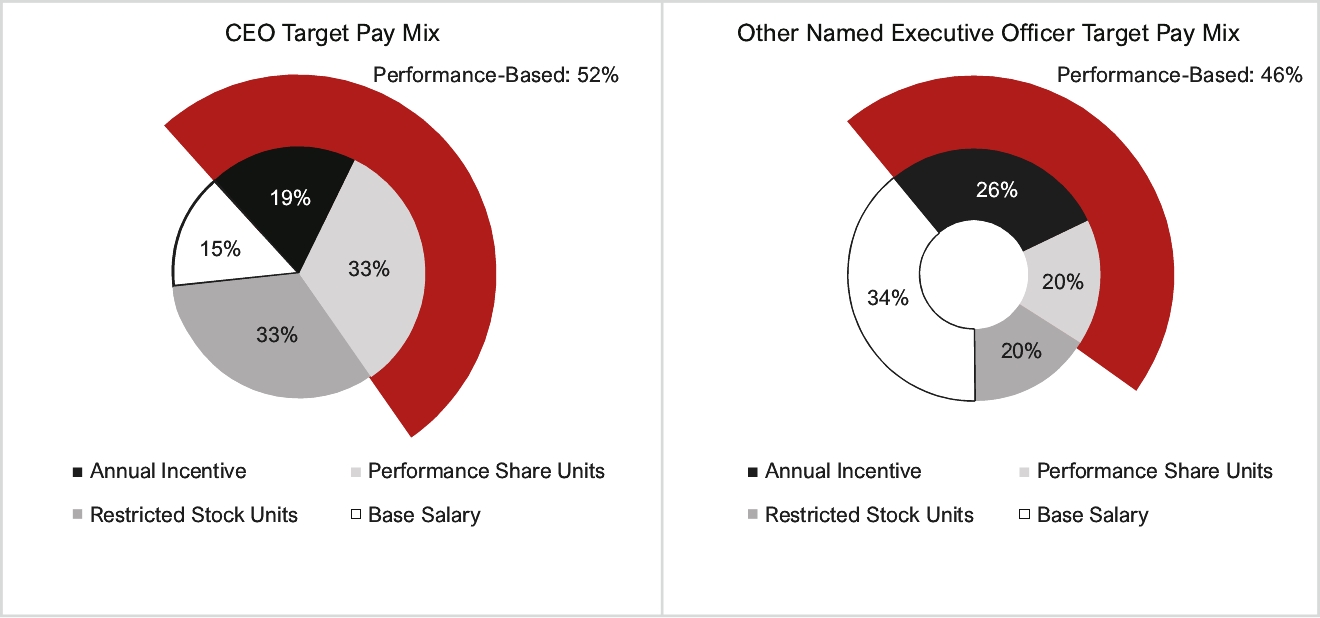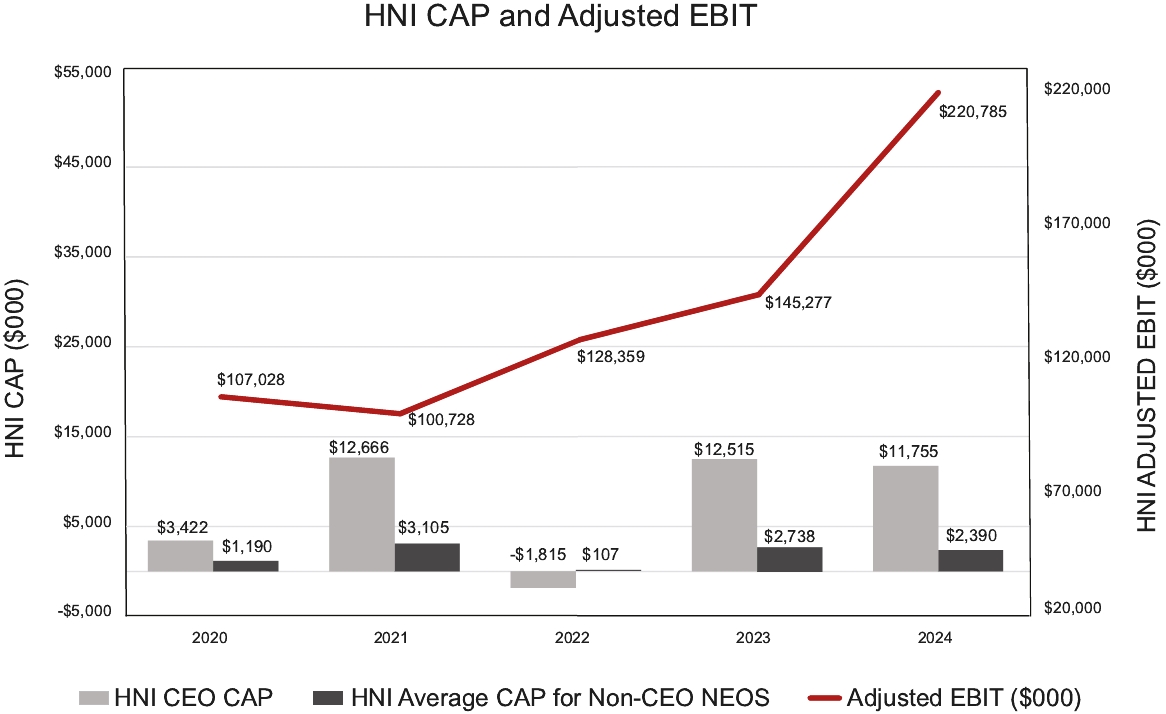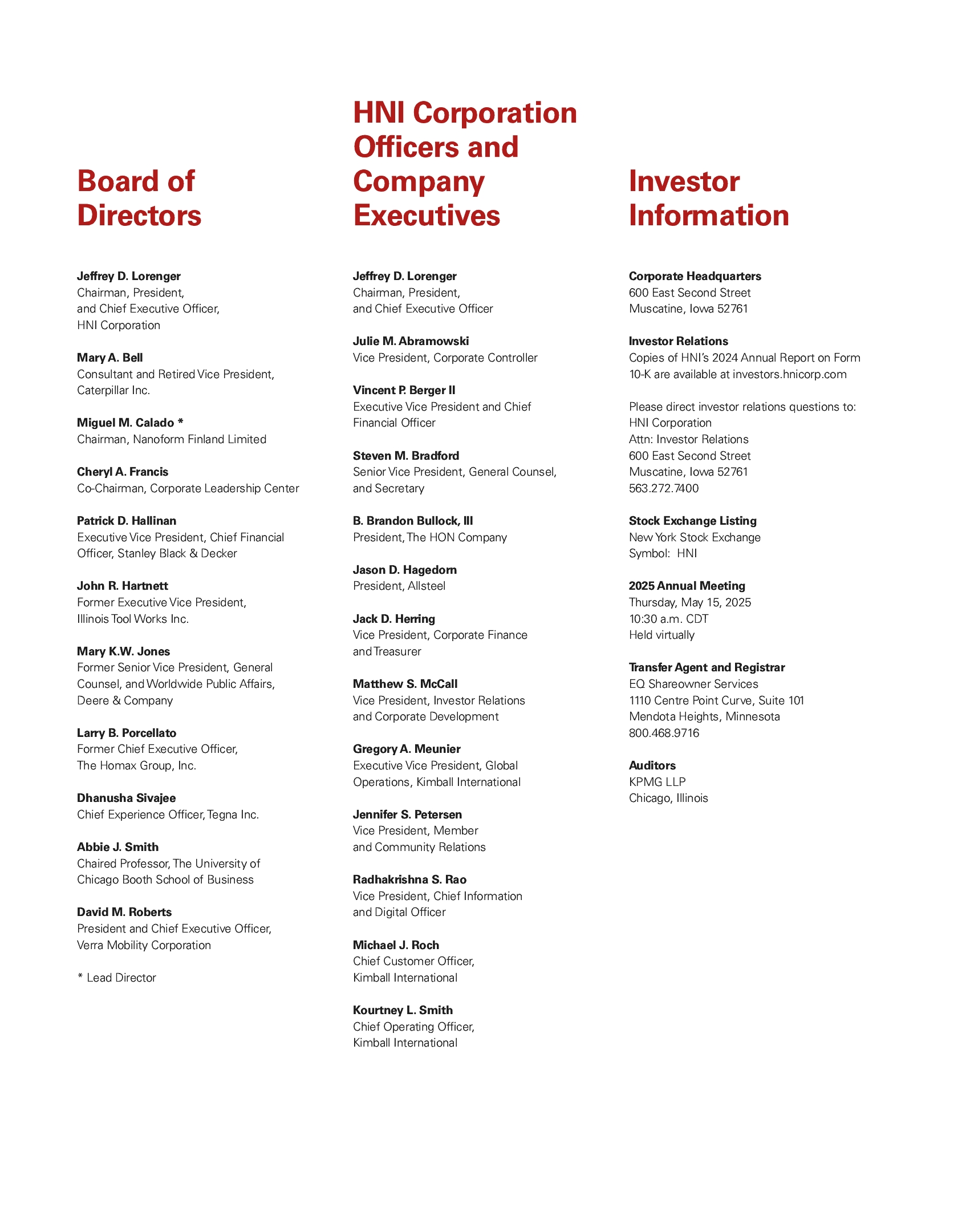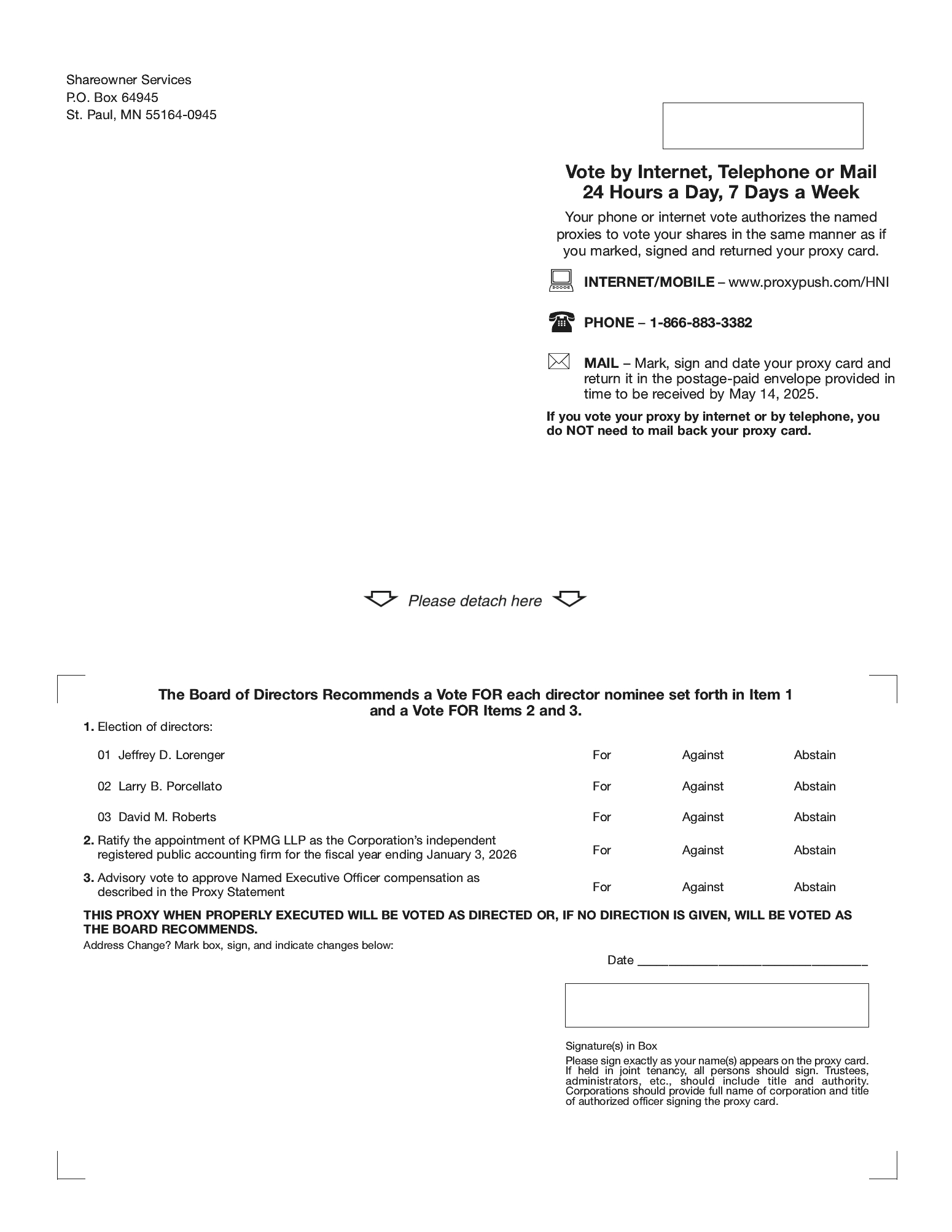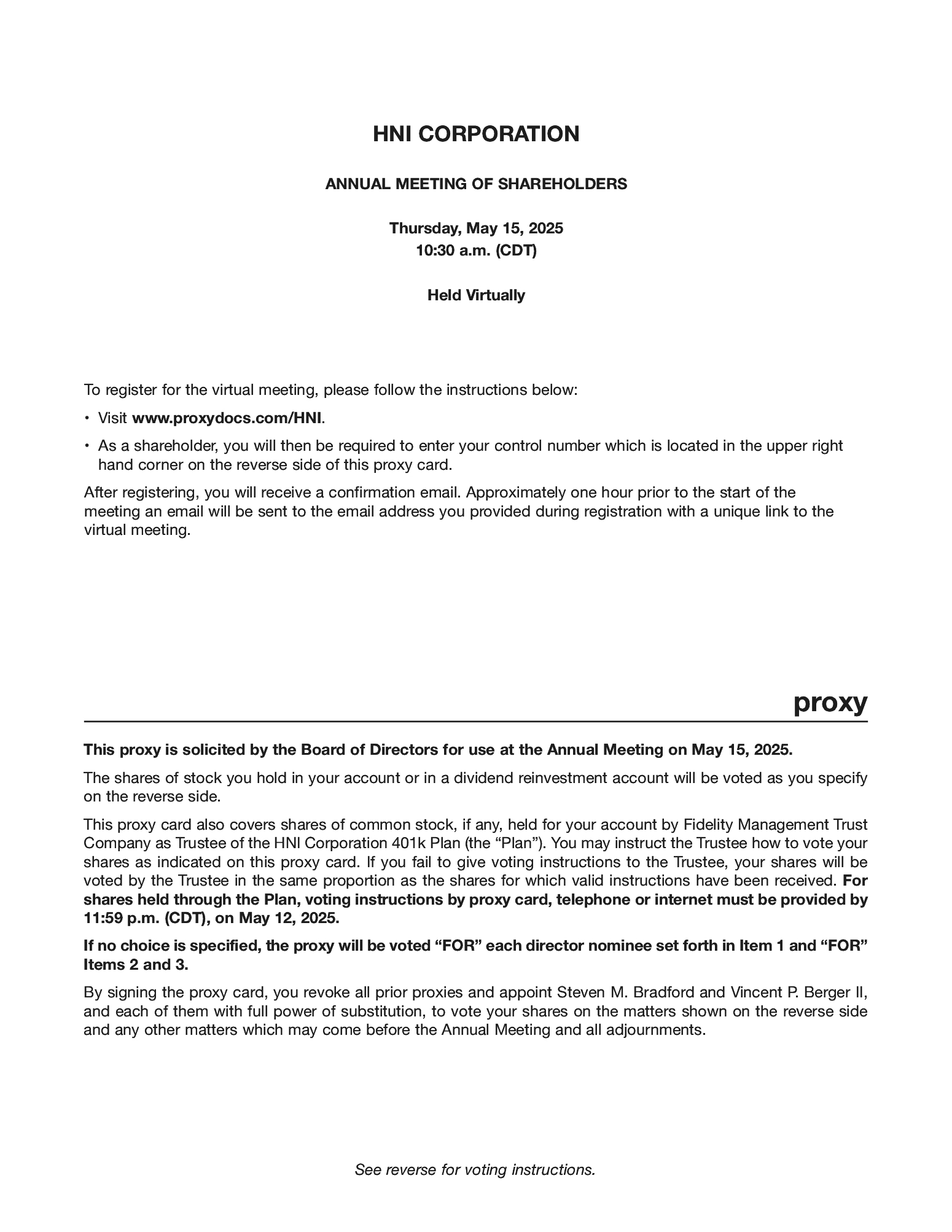If the General Counsel learns of an ongoing or completed transaction, arrangement, or relationship not submitted for prior review and approval, the General Counsel will submit it to the Audit Committee for ratification, amendment, rescission, or termination.
During the Corporation’s 2024 fiscal year, there were no transactions with related persons required to be reported in this Proxy Statement.
Securities Trading Policy The Corporation has adopted a Policy on Securities Trades by Directors, Officers and Members governing the purchase, sale and other dispositions of the Corporation’s securities by its directors, officers, employees and other covered persons that the Corporation believes is reasonably designed to promote compliance with insider trading laws, rules and regulations, and listing standards applicable to the Corporation. A copy of the Corporation’s policy was filed as Exhibit 19 to its Annual Report on Form 10-K for the fiscal year ended December 28, 2024. The Corporation also follows procedures for the repurchase of its securities.
Anti-Hedging and Anti-Pledging Policy
The Corporation’s insider trading policy referred to above prohibits hedging and pledging transactions. Specifically, the Corporation prohibits officers and other members, directors, or their designees from hedging their ownership of the Corporation’s common stock (including prepaid variable forwards, equity swaps, collars, and exchange funds), engaging in short sales or purchasing put or call options, pledging their shares of the Corporation’s common stock, holding them in a margin account, or engaging in short-term transactions with shares of the Corporation’s common stock.
Shareholder Outreach and Engagement
The Corporation has a philosophy of direct engagement, open communication, and transparency with its shareholders. Shareholders provide valuable insights into emerging issues and feedback on the Corporation’s performance. In 2024, members of the Corporation’s senior management met with many shareholders both in person and virtually. In addition, the Chairman and CEO and the Chief Financial Officer maintain contact with many of our largest shareholders to discuss topics, including financial performance, risk management, corporate governance, and environmental and social issues.
Shareholder Communications with the Board
Shareholders and other interested parties who wish to communicate with the Board, or any director, should send an email to BoardofDirectors@hnicorp.com or mail a letter to the Board of Directors, c/o Corporate Secretary, HNI Corporation, 600 East Second Street, Muscatine, Iowa 52761, with a request to forward the communication to the intended recipient. Communications received will be reviewed by the office of the Corporate Secretary for the sole purpose of determining whether the contents are a message to the Board or any director and whether such message is appropriate. Communications not in the nature of advertising or promotions of a product or service, and not otherwise deemed inappropriate, will be promptly forwarded to the appropriate party.
An important element of the Corporation’s success has been its member-owner culture, which has enabled it to attract, develop, retain, and motivate skilled, experienced, and talented members. Each of the Corporation’s eligible members has the opportunity to own common stock in the Corporation through a number of stock-based plans, including a member stock purchase plan and a 401(k) retirement plan. These ownership opportunities drive a unique level of commitment to the Corporation’s success throughout the workforce. Members own approximately five percent of the Corporation’s stock as of December 28, 2024.
